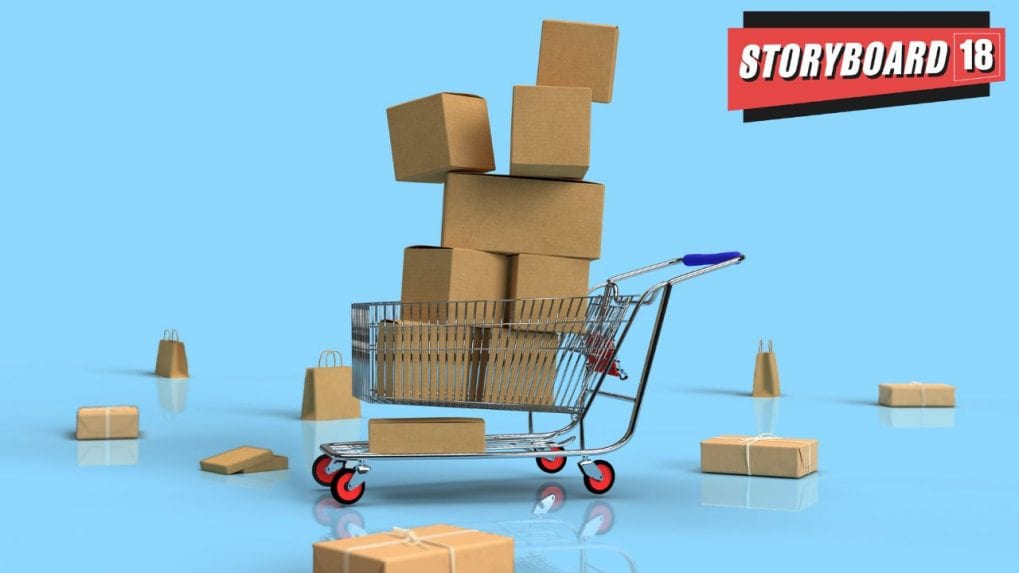Advertising
Layoffs in Adland: Omnicom's acquisition of IPG nears finish line. But at what human cost?

In India's e-commerce boom, Maharashtra has taken the lead in both the "buyers" and "seller" categories. According to a report by Shiprocket, "How MSMEs of Bharat sell online", the majority of the sellers contributing to the e-commerce ecosystem were concentrated in Maharashtra at 15% in 2023. Karnataka accounted for 9% of the orders across e-commerce platforms, followed by Uttar Pradesh at 8%, Tamil Nadu at 7%, and Delhi and Telangana at 6%, respectively.
In the geographical distribution of buyers in India, Maharashtra held the top position at 15%. Uttar Pradesh and Karnataka reported a gradual increase in buyers share at 9%.
Overall, north India witnessed a significant increase in the order growth trajectory with the share rising from 26% in 2021 to 29% in 2023.. The share of West India rose from 20% to 21% over the same period. However, South India reported a decline from 27% to 25% in the same span.
For most small businesses, the most popular product category among consumers was 'Personal Care', accounting for 27% of the orders in the first quarter of 2024, with an average order value of Rs 407. The apparel and footwear category represented 20% of the orders while Electronic only 9%.
The study noted that the vast majority of the buyers (around 84%) placed orders on weekends. Notably, promotions and discounts have a profound impact on e-commerce order volumes. Over the years, the share of discounted orders has increased from 57% in 2021 to 68% in 2023 as per the Shiprocket report.
Furthermore, in the international e-commerce market, artificial jewelry remained the top-performing category in e-commerce exports, accounting for approximately 40% of the exports.
Beauty and grooming products contributed 15-20% of the export demand. Whereas, books accounted for a 10-15% share of the Indian e-commerce export market.
International buyers prefer products that blend traditional Indian elements with contemporary design such as home decor items featuring motifs with modern aesthetics or jewellery as per the analysis. Products like silk sarees with contemporary patterns and fusion jewelry were popular among global consumers, the report added.
Moreover, attractive and eco-friendly packaging also plays a key role in consumer purchasing decisions in the international market.
“At Shiprocket, we're witnessing firsthand how MSMEs, the powerhouses of India's eCommerce landscape, propel the market towards its inevitable $300 billion future. This growth isn't just confined to urban centres but resonates deeply across Bharat, highlighting the heart and resilience of our nation," Saahil Goel, MD & CEO, Shiprocket said.
According to LinkedIn’s research with over 1,700 B2B tech buyers, video storytelling has emerged as the most trusted, engaging, and effective format for B2B marketers. But what’s driving this shift towards video in B2B? (Image Source: Unsplash)
Read MoreIndia’s parliamentary panel warns fake news threatens democracy, markets and media credibility, urging stronger regulation, fact-checking, AI oversight and global cooperation.